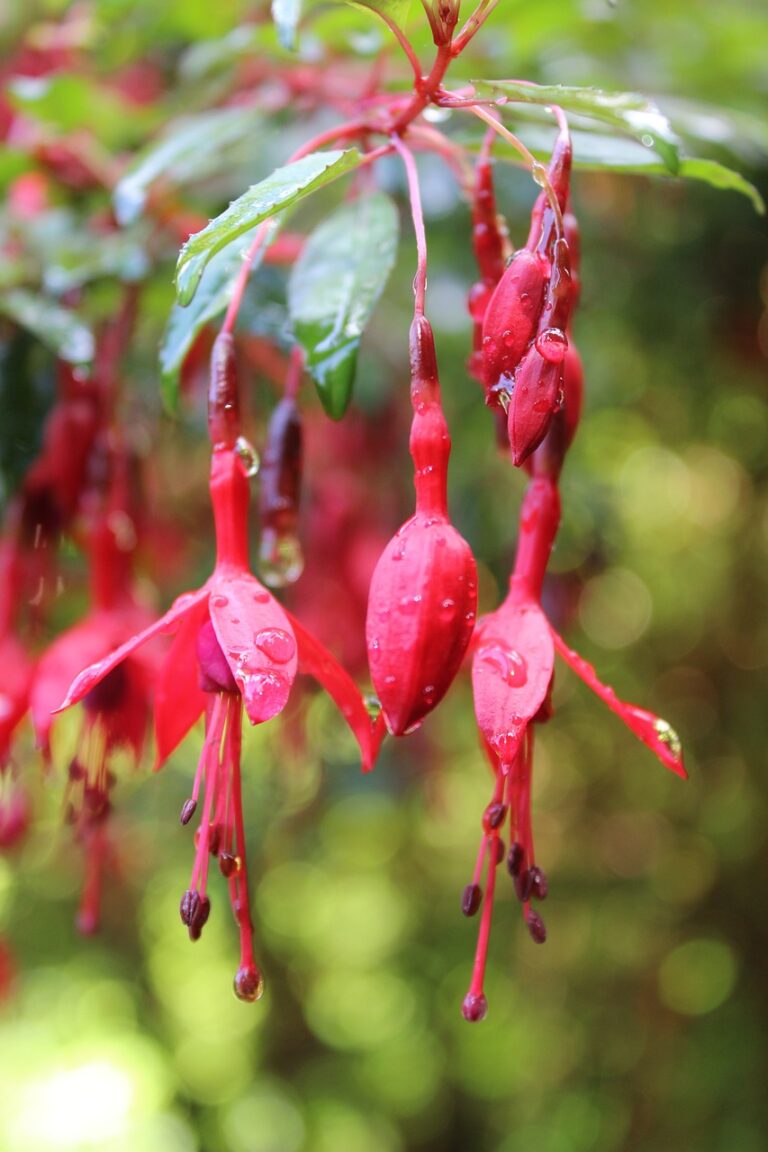The Art and Science of Removing Seed Pods and Faded Flowers from Annuals
Gardening is a beloved hobby that brings beauty and tranquility to any space. Among the various types of plants, annuals are a favorite for their vibrant colors and the rapid growth they offer within a single growing season. However, to keep these plants looking their best and to encourage continuous blooming, gardeners must regularly remove seed pods and faded flowers, a process known as deadheading. This article delves into the importance of knowing how to deadhead annual flowers, how to do it correctly, and the benefits it brings to your garden.
Understanding Annuals
Annuals are plants that complete their entire life cycle—from germination to seed production—within one growing season. This category includes popular flowers such as marigolds, petunias, zinnias, and impatiens. After their bloom period, these plants produce seeds and then die. Unlike perennials, which come back year after year, annuals need to be replanted each season.
Why Remove Seed Pods and Faded Flowers?
- Encouraging Continuous Blooming: The primary reason for removing spent flowers is to encourage the plant to produce more blooms. When a flower fades and begins to form seeds, the plant redirects its energy from producing new flowers to seed production. By removing these spent flowers, you trick the plant into continuing its blooming cycle. Learning how to deadhead annual flowers effectively ensures this process is maintained. For more detailed information on the benefits and techniques of deadheading, you can refer to the Royal Horticultural Society’s guide on deadheading plants.
- Maintaining Aesthetic Appeal: Deadheading keeps your garden looking tidy and vibrant. Faded flowers and seed pods can make the plant look untidy and detract from the overall beauty of your garden.
- Preventing Disease and Pests: Removing old flowers can help reduce the risk of diseases and pest infestations. Decaying plant matter can attract pests and provide a breeding ground for diseases that can spread to healthy parts of the plant. For more detailed pruning techniques and disease prevention, you can refer to this guide to pruning climbing roses and applying fungicide.
When to Remove Seed Pods and Faded Flowers
Timing is crucial when it comes to deadheading. Regularly inspecting your garden and removing spent blooms as soon as they fade is ideal. For many annuals, this might mean a weekly check during the peak growing season. Some plants, like petunias and marigolds, can become leggy and less productive if not deadheaded regularly.
How to Deadhead Annual Flowers
The process of deadheading varies slightly depending on the type of annual. Here are some general steps to follow:
- Identify Spent Blooms: Look for flowers that have faded, wilted, or are beginning to dry out. These are the blooms you want to remove.
- Pinch or Snip: Use your fingers to pinch off the spent flower just above the first set of healthy leaves or buds. If the plant has tougher stems, use a pair of sharp, clean scissors or pruning shears to make a clean cut.
- Avoid Damaging Healthy Growth: Be careful not to damage any new buds or leaves that are close to the spent blooms. This ensures that the plant can continue to grow and produce new flowers.
- Dispose of Removed Material: Collect the removed flowers and seed pods and dispose of them properly. Leaving them on the ground can attract pests and contribute to disease.
Specific Techniques for Common Annuals
Different types of annuals may require specific deadheading techniques:
- Petunias: These popular bedding plants benefit from regular pinching. Remove the entire flower, including the base where seeds form. This encourages bushier growth and more blooms.
- Marigolds: For marigolds, pinch off the spent flower heads just above the first set of leaves. Regular deadheading keeps them blooming throughout the season.
- Zinnias: Zinnias have long stems that make them easy to deadhead. Cut the stem back to the nearest leaf set to promote new growth and flowering.
- Impatiens: These shade-loving plants typically do not require as much deadheading as others. However, removing spent blooms can still enhance their appearance and promote continuous blooming.
Benefits of Regular Deadheading
- Extended Bloom Period: By removing spent flowers, you encourage your annuals to produce more blooms over a longer period. This means a more colorful and vibrant garden for you to enjoy.
- Improved Plant Health: Regular deadheading can help prevent the spread of diseases and reduce the likelihood of pest infestations. Healthier plants are more resilient and can withstand environmental stresses better.
- Enhanced Aesthetics: A garden free of faded flowers and seed pods looks more appealing and well-maintained. This not only boosts the visual appeal but can also increase the satisfaction and pride you take in your gardening efforts.
- Better Use of Nutrients: By preventing seed formation, you ensure that the plant’s energy and nutrients are directed towards growth and blooming rather than seed production.
Conclusion
Deadheading is a simple yet highly effective practice that can significantly enhance the beauty and productivity of your annuals. By regularly removing seed pods and faded flowers, you encourage continuous blooming, maintain the health of your plants, and keep your garden looking its best. Whether you are a seasoned gardener or a novice, incorporating deadheading into your routine is a worthwhile effort that pays off in a more vibrant and thriving garden. So, take the time to walk through your garden, snip away those spent blooms, and enjoy the continuous burst of color and life that your annuals bring.





